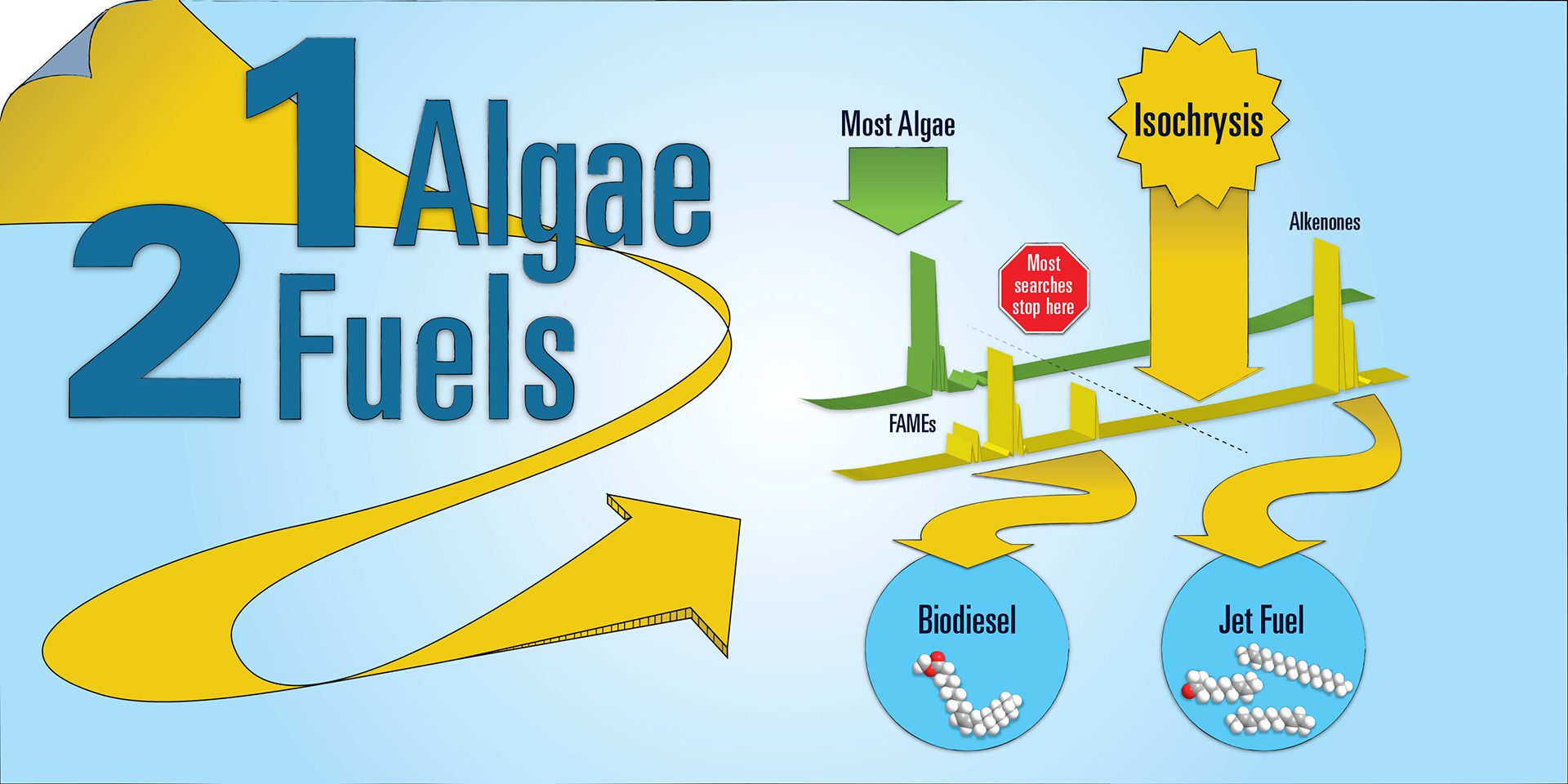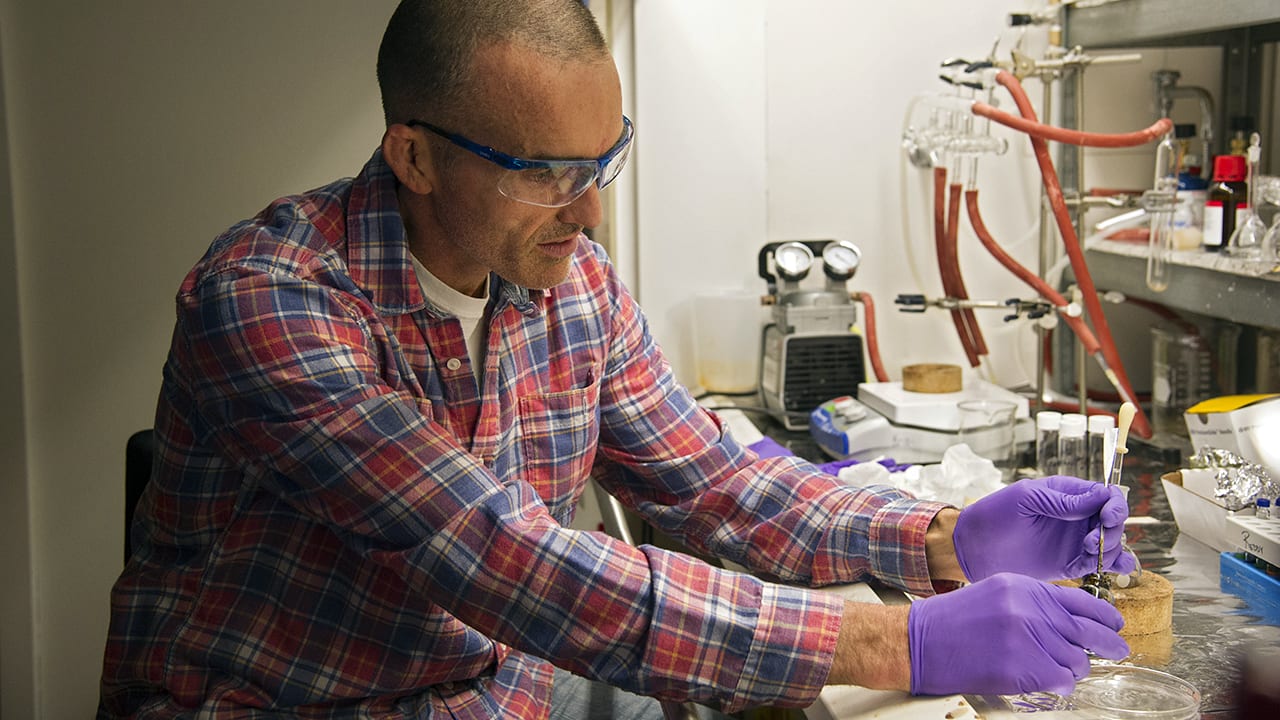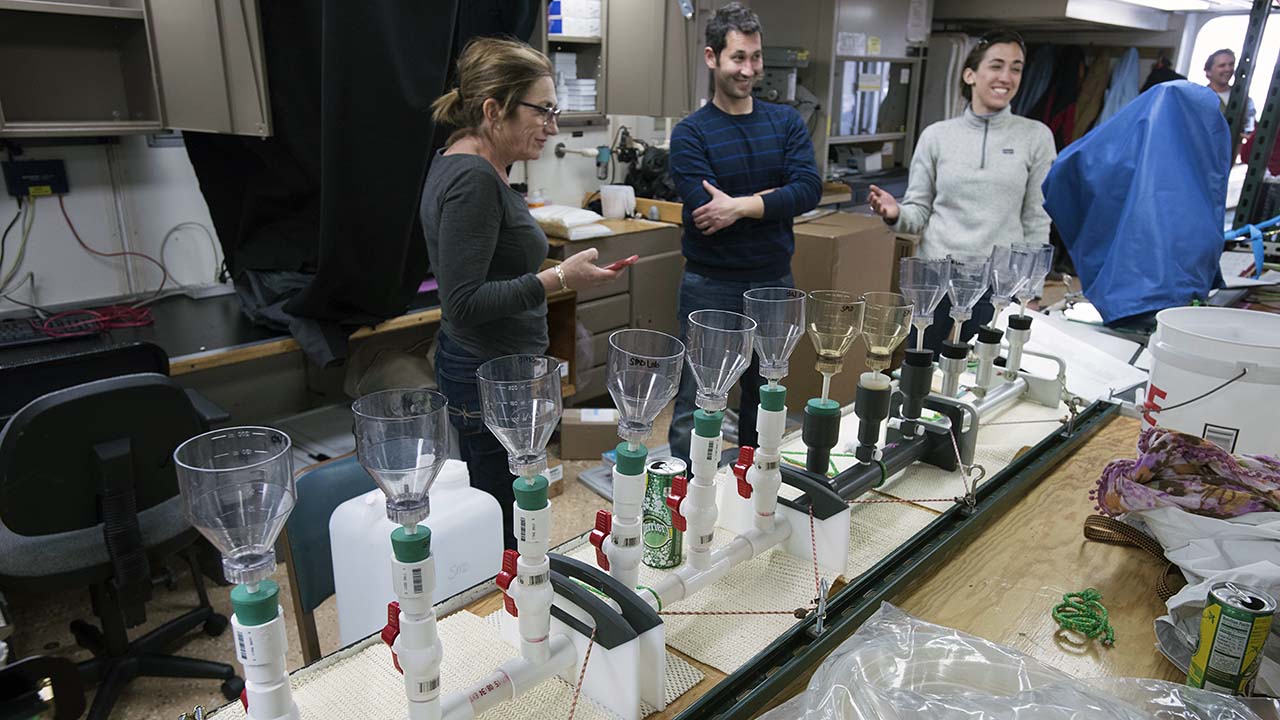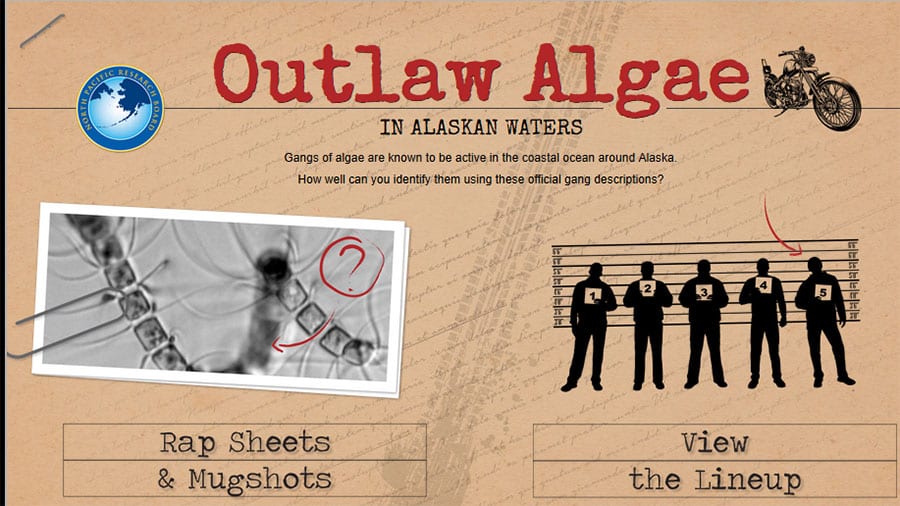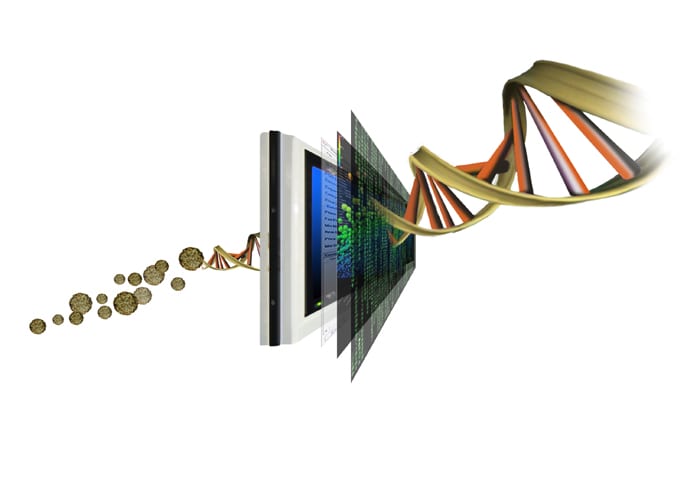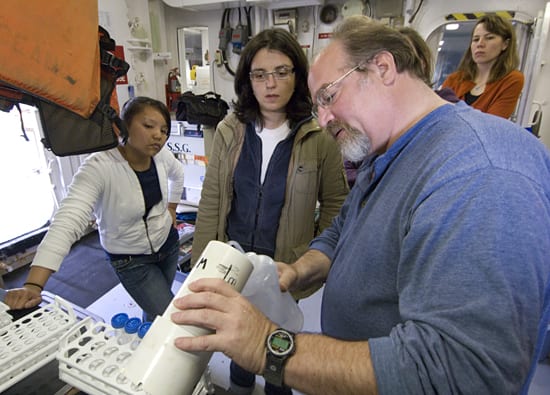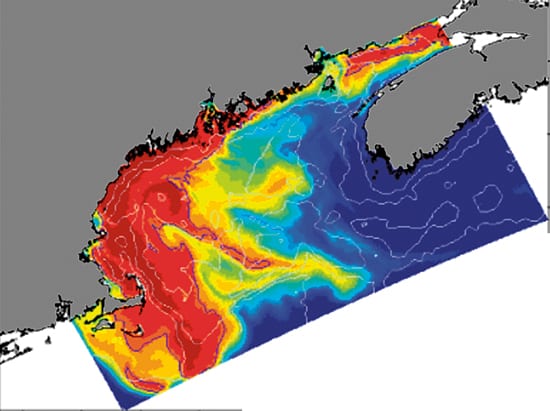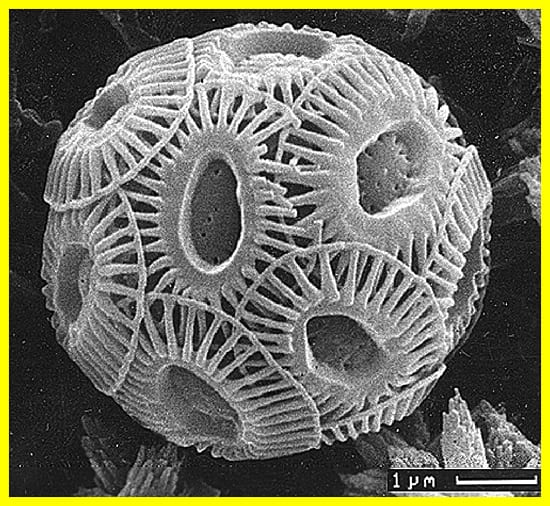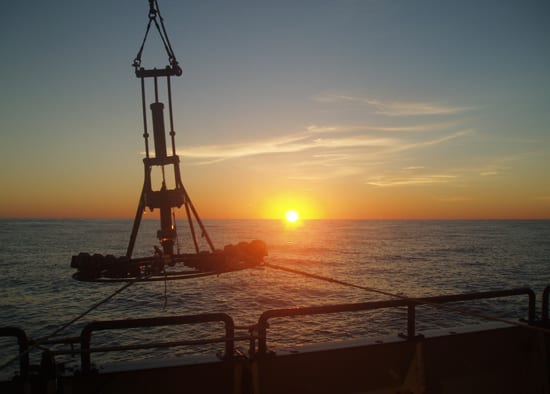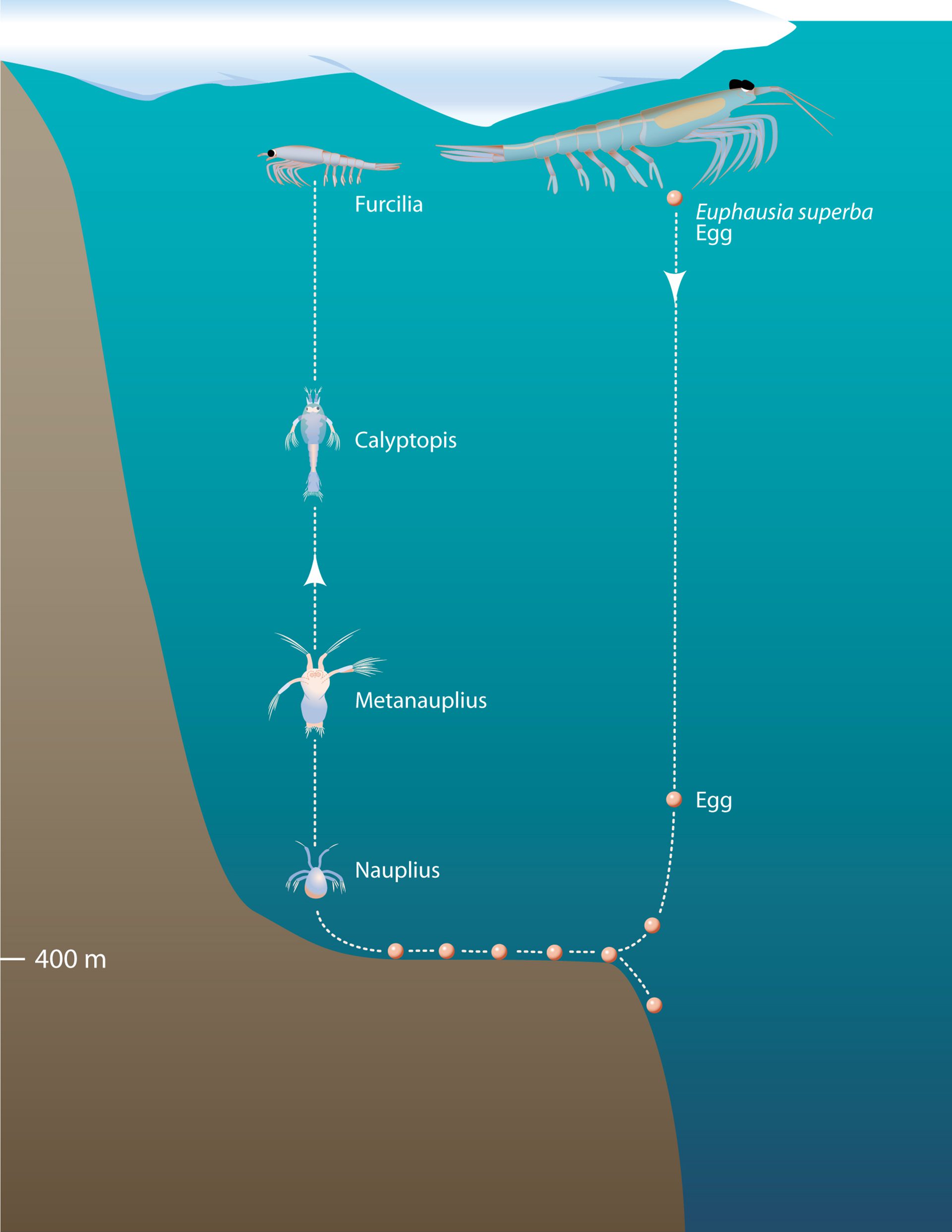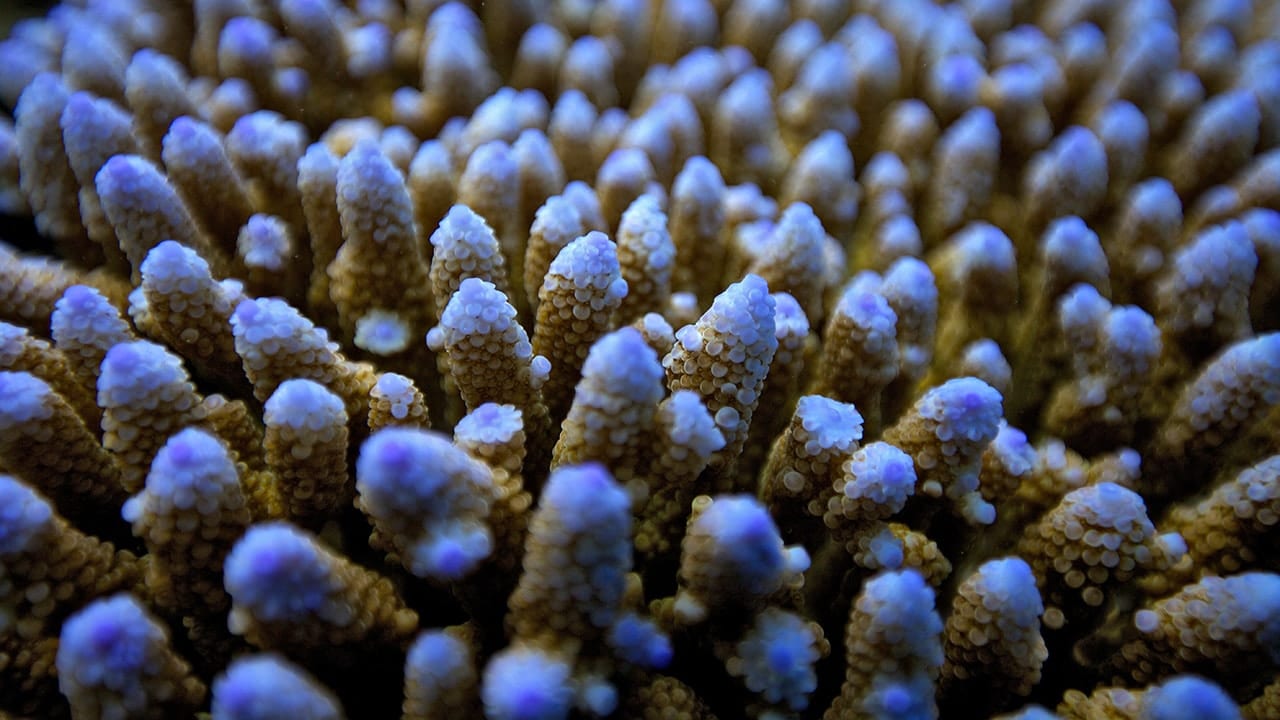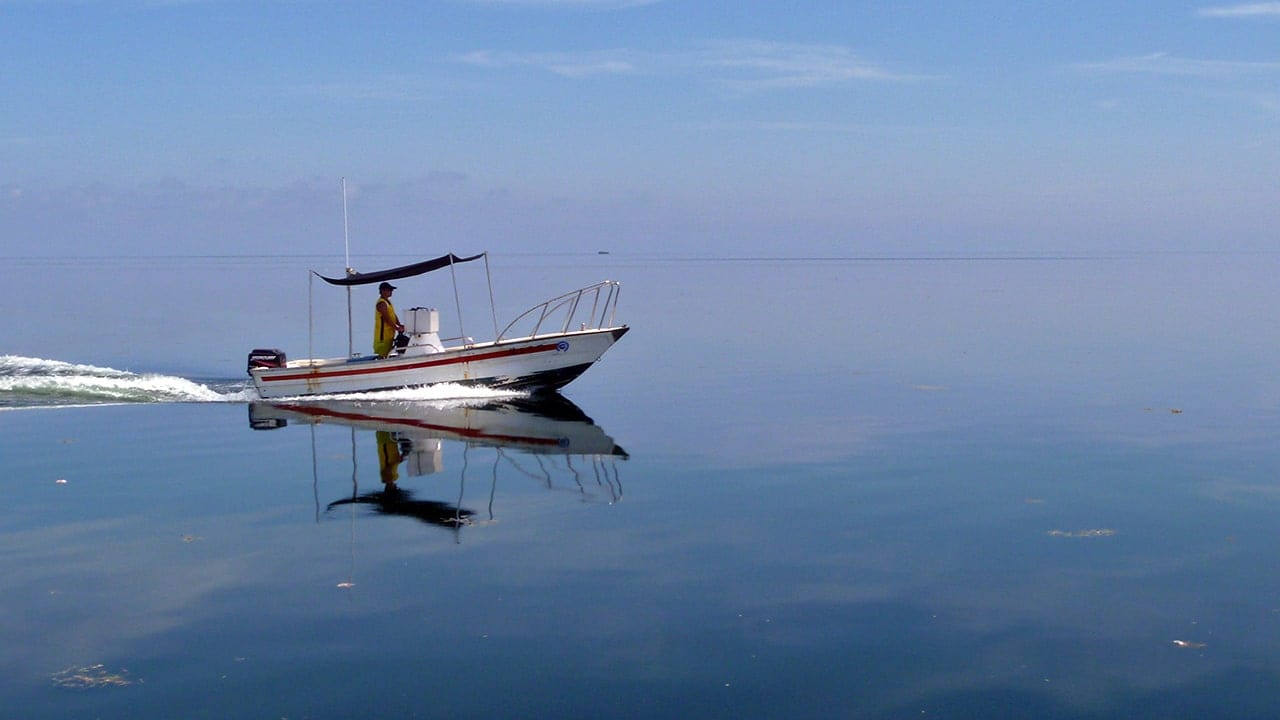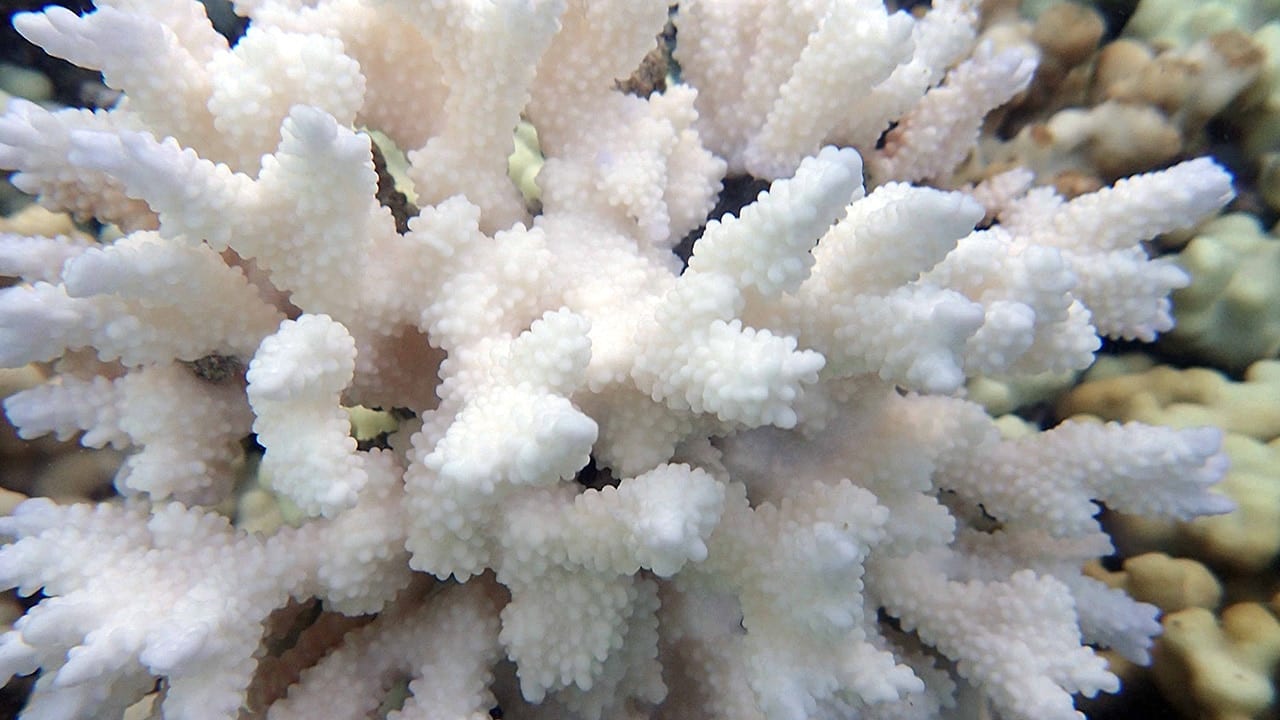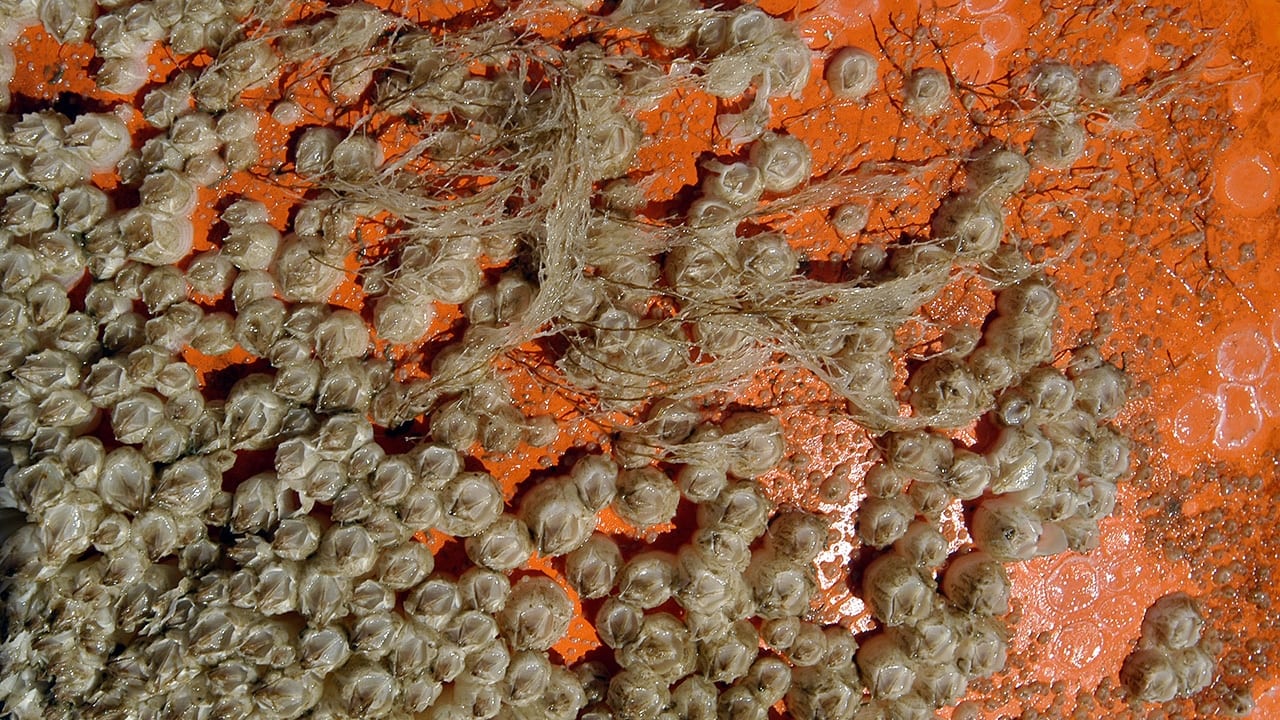Multimedia Items
Isochrysis algae to biofuel and jet fuel
A common algae commercially grown to make fish food holds promise as a source for both biodiesel and jet fuel. Researchers Greg ONeil of Western Washington University and Chris Reddy,…
Read MoreFAMEs and Alkenones algae biofuel
FAMEs and Alkenones algae biofuel illustration. (Illustration by Eric S. Taylor, © Woods Hole Oceanographic Institution)
Read MoreFuels from Algae?
WHOI marine chemist Chris Reddy samples algae from the ocean for his research on biofuels. Like terrestrial plants, algae and other phytoplankton produce sugars and fats to store energy and…
Read MoreAlgae, Aerosols, and Climate
Researchers from the University of Rhode Island prepare the main lab of R/V Atlantis for a cruise to the North Atlantic, where a multi-institutional team will study Earth’s largest concentration…
Read MoreOutlaw Algae in Alaskan Waters
Taking Apart Brown Tide Algae
In the summer, a single-celled marine algae species often causes “brown tides” in estuaries along the U.S. East Coast, killing seagrass, decimating shellfish, and costing local economies millions of dollars.…
Read MoreTracking Harmful Algae
WHOI researcher Bruce Keafer shows a group of science writers in the 2011 Ocean Science Journalism Fellowship program the Environmental Sample Processor (ESP). Scientists are using the instrument to detect…
Read MoreSearching for Harmful Algae
WHOI researcher Bruce Keafer demonstrates the procedure for filtering water samples for Alexandrium fundyense prior to a research cruise on the R/V Oceanus in April 2008. A. fundyense is a…
Read MoreHarmful Algae & Red Tide Research
WHOI scientists Dennis McGillicuddy and Ruoying He created a computer simulation of the historic 2005 toxic algae bloom in New England. Red denotes high algae concentrations; blue the lowest. Algal cells germinated from cyst beds in the Bay of Fundy and along the Maine coast. They were swept south and west by currents. McGillicuddy and He entered a range of factors into their model: the speeds and directions of ocean currents, water temperature and salinity, winds, surface heat exchanges, tides, river runoff, and the distribution and behavior of cells in the water and in seafloor sediments. (Data visualization by Ruoying He and Dennis McGillicuddy, Woods Hole Oceanographic Institution)
Read MoreGrowing marine algae
In experimental tanks at WHOI, guest student Tyler Goepfert grows different species of marine algae to test which might be best suited for harvesting and converting into biofuels. Goepfert is…
Read MoreAlgae Thermometer
One species of marine alga, Emiliania huxleyi, almost exclusively produces lipids called alkenones, which have proven quite useful for scientists tracking the movement of carbon through the oceans. Alkenones preserved…
Read MoreSunset for an Algae Bloom
A sediment corer dangles in the evening sun before being lowered to the seafloor in the Gulf of Maine. Researchers from WHOI, NOAA, and several institutions sampled the muck and sand…
Read MoreA Krill’s Life Cycle
A KRILL’S LIFECYCLE—Krill start life as eggs that sink and hatch in spring. They develop through larval stages as they swim back to the surface, reaching the fourth (furcilia) stage…
Read MoreChemical process by which phytoplankton and harmful algal blooms grown
Phytoplankton, including harmful algae, need the right combination of ingredients to grow. They need sunlight, which is bright near the surface but gets dimmer with depth. They need nutrients, such…
Read MoreFeatured Image: Teeming with Life
A close-up view of an Acropora coral reveals small individual coral polyps (the small, button-like dots), but a microscope is necessary to study the millions of inhabitants inside the coral…
Read MoreAbove the Reef Flat
Kan-Min of the Dongsha Atoll Research Station steers a research vessel over Dongsha’s coral reef in the South China Sea, where former MIT-WHOI Joint Program student Tom DeCarlo conducted fieldwork.…
Read MoreCoral in a Warming World
This coral’s stark white color indicates that it is stressed, probably by warming water. Most corals host a type of algae that produce food for the live coral polyps and…
Read MoreBiofouled
A thick coat of young barnacles covers this orange float after it had been deployed in the Chukchi Sea north of Alaska for 13 months. Ship hulls, instruments, buoys, and rigging…
Read MoreBleached Corals
Hanny Rivera, a graduate student in the MIT-WHOI Joint Program, takes a tissue sample from a bleached coral. When ocean waters warm, corals lose the colorful algae that lives in…
Read More
